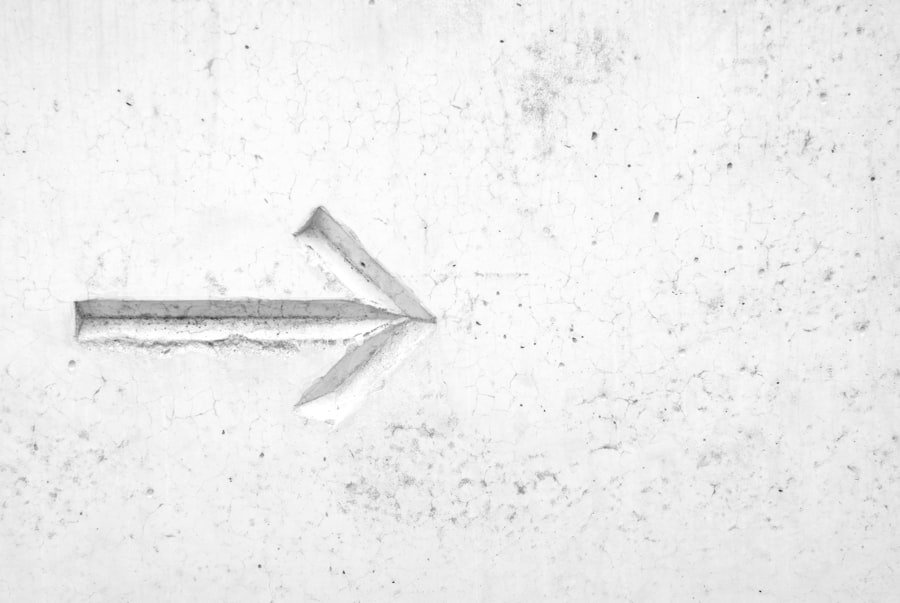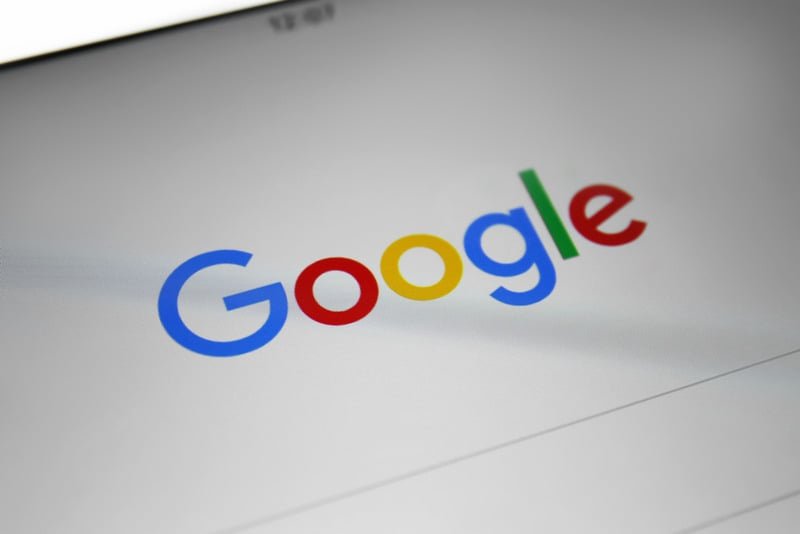Before embarking on the journey of hiring a freelance web designer, we must first take a step back and reflect on our specific needs and goals. This initial phase is crucial, as it lays the foundation for the entire project. We should ask ourselves what we want to achieve with our website.
Are we looking to create an online portfolio, an e-commerce platform, or perhaps a blog? Each of these objectives requires a different approach and skill set from the designer. By clearly defining our goals, we can better communicate our vision and ensure that the designer we choose aligns with our aspirations.
Moreover, understanding our target audience is equally important. We need to consider who will be visiting our website and what their expectations might be. Are we targeting young professionals, families, or a niche market?
Knowing our audience will help us articulate our needs more effectively and guide the designer in creating a user-friendly experience. By taking the time to outline our goals and audience, we set ourselves up for success and create a roadmap that will guide us through the selection process.
Key Takeaways
- Clearly define your needs and goals before hiring a freelance web designer
- Look for freelance web designers with relevant experience and a strong portfolio
- Evaluate the quality and diversity of previous work to ensure it aligns with your vision
- Assess communication and collaboration skills to ensure a smooth working relationship
- Set clear expectations and deadlines to avoid misunderstandings and delays
Finding the Right Freelance Web Designers
Once we have a clear understanding of our needs and goals, the next step is to find the right freelance web designers who can bring our vision to life. In today’s digital age, there are numerous platforms where we can search for talented designers, such as Upwork, Fiverr, and Behance. Each platform offers a unique pool of talent, and we should explore multiple avenues to find the best fit for our project.
We can also tap into our personal networks for recommendations, as word-of-mouth referrals often lead us to reliable professionals. As we sift through potential candidates, it’s essential to consider their areas of expertise. Some designers may specialize in specific industries or types of websites, while others may have a more general skill set.
We should look for designers whose previous work resonates with our vision and who demonstrate a strong understanding of current design trends. By narrowing down our options based on expertise and style, we can create a shortlist of candidates who are well-suited to meet our needs.
Evaluating Portfolios and Previous Work

With a shortlist of potential freelance web designers in hand, we must now take the time to evaluate their portfolios and previous work. A designer’s portfolio is a window into their creative process and capabilities, showcasing their best projects and design aesthetics. As we review these portfolios, we should pay attention to the variety of styles and functionalities they have worked with.
This will give us insight into their versatility and ability to adapt to different client needs. In addition to aesthetics, we should also consider the user experience (UX) of the websites in their portfolios. A visually appealing site is important, but it must also be functional and easy to navigate.
We can assess this by exploring how intuitive the designs are and whether they effectively guide users toward desired actions. By carefully analyzing portfolios, we can identify designers who not only create beautiful websites but also prioritize user experience, ensuring that our final product will be both attractive and effective.
Assessing Communication and Collaboration Skills
As we move forward in our selection process, it’s vital to assess the communication and collaboration skills of the freelance web designers we are considering. Effective communication is key to any successful project; it ensures that both parties are on the same page and that expectations are clearly understood. During initial conversations or interviews, we should pay attention to how responsive they are to our inquiries and how well they articulate their ideas.
A designer who listens actively and provides thoughtful feedback is likely to be a valuable partner throughout the project. Collaboration is another critical aspect to consider. We should look for designers who are open to input and willing to work closely with us throughout the design process.
This collaborative spirit fosters creativity and innovation, allowing us to combine our insights with their expertise. By establishing a rapport with our chosen designer early on, we can create an environment where ideas flow freely, leading to a more successful outcome.
Setting Clear Expectations and Deadlines
Once we have selected a freelance web designer, it’s essential to set clear expectations and deadlines for the project. This step is crucial in ensuring that both parties understand what is required and when it needs to be completed. We should outline specific deliverables, such as design drafts, revisions, and final launch dates.
By establishing a timeline, we can keep the project on track and avoid any potential misunderstandings down the line. In addition to deadlines, we should also discuss our expectations regarding communication frequency and methods. Will we have regular check-ins via email or video calls?
How often can we expect updates on progress? By clarifying these details upfront, we can create a structured workflow that keeps everyone accountable and informed throughout the project.
Negotiating Rates and Contracts

As we delve into the financial aspects of hiring a freelance web designer, negotiating rates and contracts becomes an important consideration. We should approach this conversation with an understanding of our budget while remaining open to discussions about value. It’s essential to recognize that quality work often comes at a higher price; therefore, we should weigh the potential return on investment against the costs involved.
When discussing rates, it’s helpful to ask about the designer’s pricing structure—whether they charge hourly or offer fixed project rates. Additionally, we should inquire about any potential extra costs that may arise during the project, such as additional revisions or specific functionalities that require more time. Once we have agreed on rates, it’s crucial to formalize this agreement in a contract that outlines all terms clearly.
This contract serves as a safeguard for both parties, ensuring that everyone is aligned on expectations and responsibilities.
Providing Feedback and Revisions
As the design process unfolds, providing constructive feedback becomes essential for achieving our desired outcome. We should approach this stage with an open mind, recognizing that feedback is an opportunity for improvement rather than criticism. When reviewing drafts or prototypes, it’s important to be specific about what we like or dislike—this clarity helps the designer understand our preferences better.
We should also be prepared for revisions; they are a natural part of the creative process. It’s essential to maintain open lines of communication during this phase so that any adjustments can be made efficiently. By fostering a collaborative atmosphere where feedback is welcomed, we can work together with our designer to refine the project until it aligns perfectly with our vision.
Maintaining a Long-Term Relationship
Finally, once our website is complete and launched successfully, we should consider how to maintain a long-term relationship with our freelance web designer. Building rapport with a designer can lead to future collaborations and ensure that we have someone familiar with our brand when updates or changes are needed down the line. We can express appreciation for their work by providing positive feedback or testimonials that they can use in their portfolio.
Additionally, staying in touch after project completion can open doors for ongoing support or maintenance services. As technology evolves and design trends shift, having a reliable designer who understands our brand will be invaluable in keeping our website fresh and relevant. By nurturing this professional relationship, we not only benefit from their expertise but also contribute to a mutually rewarding partnership that can last for years to come.
If you’re looking to build a high-converting website, it’s crucial to also focus on online reputation management. Check out this article on proven techniques to build and protect your brand for valuable insights on how to maintain a positive online presence. By combining the expertise of freelance web designers with effective reputation management strategies, you can create a powerful online presence that drives conversions and builds trust with your audience.
FAQs
What is a freelance web designer?
A freelance web designer is a professional who works independently to create and design websites for clients. They are not employed by a specific company and often work on a project basis.
What should I look for when hiring a freelance web designer?
When hiring a freelance web designer, it is important to look for their portfolio, experience, technical skills, communication abilities, and their understanding of your project needs.
How can I find the best freelance web designers?
You can find the best freelance web designers by searching on freelance platforms, asking for recommendations from your network, or by posting a job listing on relevant websites.
What questions should I ask when interviewing freelance web designers?
When interviewing freelance web designers, you should ask about their experience, previous projects, technical skills, design process, communication style, and their understanding of your project goals.
What are the benefits of hiring a freelance web designer?
Hiring a freelance web designer can provide flexibility, cost-effectiveness, specialized expertise, and personalized attention to your project.
What are the potential challenges of hiring a freelance web designer?
Potential challenges of hiring a freelance web designer include communication issues, varying levels of professionalism, time zone differences, and the need for thorough vetting to ensure quality work.




